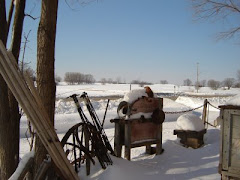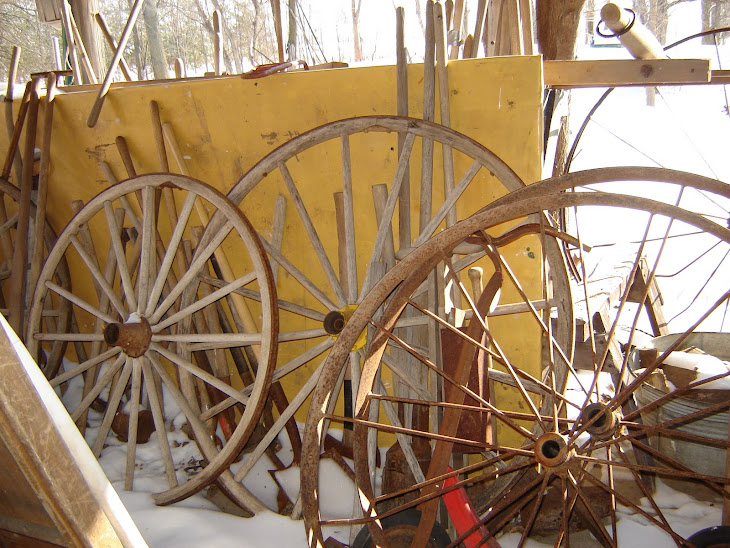Baker's Table - The art of baking bread spread across Europe thanks to the Roman Empire. Give Us This Day Our Daily Bread was common 100 years ago. These baker tables were hand-crafted and the one pictured here has two flour bins. These tables were in use before the Hoosier Cabinets of Indiana. These were three-part cupboards from early 20th century until the1920s.
Tool Box & Tools - Studying antique tools provides a glimpse of human development and cultural preferences throughout history. Collectors vary: studying and cataloging, preserving, investing, using, collecting works of art or admiring fascinating mechanical design specimens
Enamelware & Enamel Table - Enamelware is the term used for items that have a porcelain enamel finish. Enamelware grew in the 19th century. The process is thousands of years old. Electrolytes, metal oxides, water & clay are all used to make enamel. The enamel mixture is: feldspar, borax and quartz heated at high temps until they become liquid. A smelter is used to achieve the high temp. The mixture is poured between two high-pressure rollers that squeeze out excess moisture. Strips of glass are smashed to leave material called "frit". The frit is used to coat the material. Both the enamel & base are heated in a furnace which allows the materials to bond together.
Flax Crimper - Flax or linseed is a food and fiber crop grown in cooler regions. Flax fibers are taken from the stem of the plant and are two to three times stronger than cotton. Flax fibers are smooth and straight. Europe and North America depended on flax for vege-based cloth until the 19th century when cotton overtook flax as the most common plant used for making linen paper.






